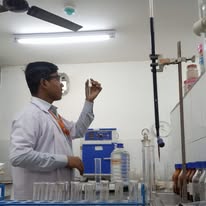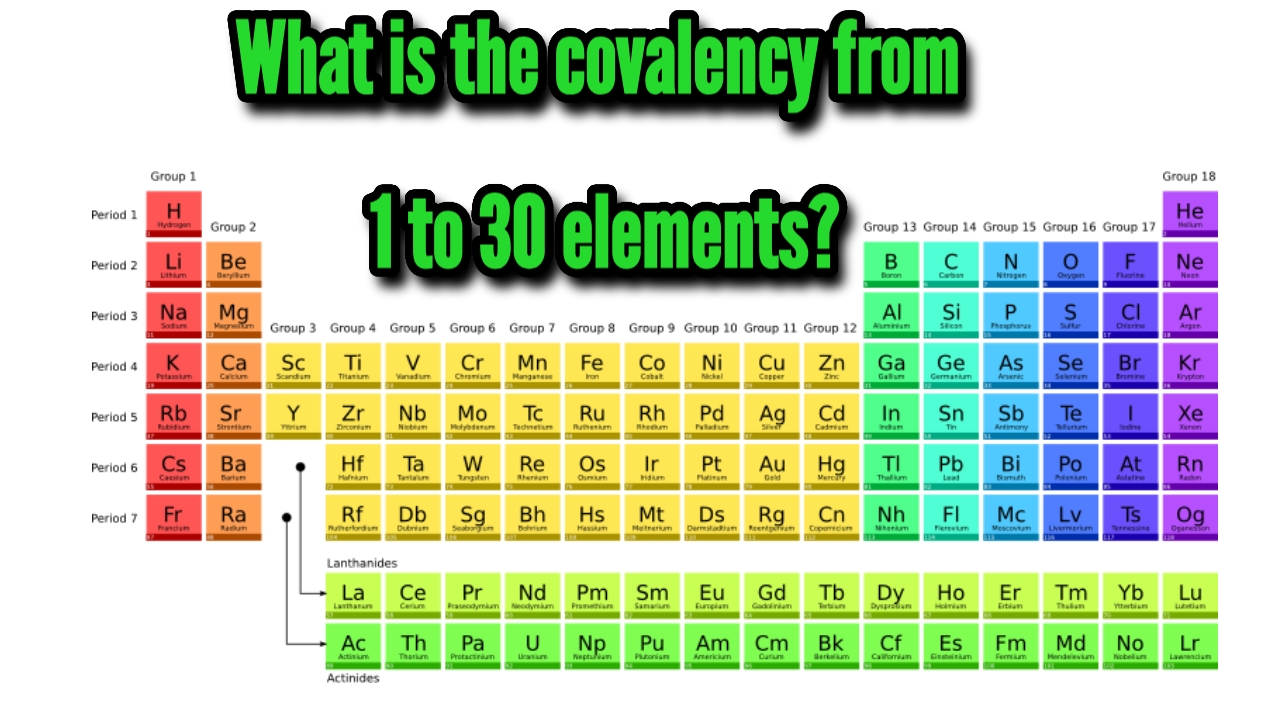Why Does Rainwater Conduct Electricity While Distilled Water Doesn’t? (Objective Questions & Answers)
Why Distilled Water Does Not Conduct Electricity, Whereas Rainwater Does
Introduction
Water’s ability to conduct electricity is a fundamental concept in chemistry and physics that has significant implications in various fields, from industrial processes to biological systems. While we often think of water as a good conductor of electricity, this isn’t always the case. The electrical conductivity of water depends entirely on its purity and the presence of dissolved substances. This article explores in detail why distilled water, which is pure H₂O, doesn’t conduct electricity, while rainwater, which seems pure, actually does conduct electricity to some degree.
The Science of Electrical Conductivity in Water
To understand why different types of water have varying conductivity, we must first examine what electrical conductivity means at the molecular level.
What is Electrical Conductivity?
Electrical conductivity is a measure of a material’s ability to allow the flow of electric current. In solutions like water, this occurs through the movement of charged particles called ions. When a voltage is applied across a solution, positive ions (cations) move toward the negative electrode (cathode), while negative ions (anions) move toward the positive electrode (anode). This movement constitutes an electric current.
Key Point: Pure water molecules (H₂O) are electrically neutral and don’t carry charge. For water to conduct electricity, it must contain dissolved ions that can carry electrical charge.
Ionization of Water
Even pure water undergoes a very slight degree of self-ionization according to the equation:
H₂O ⇌ H⁺ + OH⁻
At 25°C, only about 1 out of every 10 million water molecules is dissociated into ions, resulting in a very low concentration of ions (10⁻⁷ M each of H⁺ and OH⁻). This extremely low ion concentration means pure water has very minimal conductivity.
Distilled Water: Why It Doesn’t Conduct Electricity
What is Distilled Water?
Distilled water is water that has been purified through the process of distillation, which involves boiling the water and then condensing the steam back into liquid form. This process removes nearly all impurities, including minerals, salts, and other dissolved substances.
Figure 1: Distillation apparatus removes impurities from water
Molecular Composition of Distilled Water
Distilled water consists almost entirely of H₂O molecules with:
- No dissolved salts (NaCl, CaCO₃, etc.)
- No dissolved minerals (calcium, magnesium, etc.)
- No dissolved gases (CO₂, O₂, etc.)
- Only the minimal natural ionization of water (H⁺ and OH⁻)
Conductivity of Distilled Water
The lack of dissolved ions in distilled water means there are virtually no charge carriers available to conduct electricity. While theoretically there are some H⁺ and OH⁻ ions from water’s natural dissociation, their concentration is so low (10⁻⁷ M) that distilled water is effectively an insulator.
Experimental Observation: When tested with a conductivity meter, distilled water shows negligible conductivity, typically less than 0.5 µS/cm (microsiemens per centimeter), compared to drinking water which might measure 50-500 µS/cm.
Rainwater: Why It Conducts Electricity
Composition of Rainwater
While rainwater starts as pure water vapor in clouds, it collects various substances as it falls through the atmosphere:
- Dissolved gases (primarily carbon dioxide)
- Dust and particulate matter
- Atmospheric pollutants (sulfur dioxide, nitrogen oxides)
- Ions from sea spray (Na⁺, Cl⁻, Mg²⁺, etc.)
Figure 2: Typical chemical composition of rainwater
Formation of Carbonic Acid
The most significant factor in rainwater’s conductivity is its absorption of carbon dioxide (CO₂) from the atmosphere. When CO₂ dissolves in water, it forms carbonic acid:
CO₂ + H₂O ⇌ H₂CO₃
Carbonic acid then partially dissociates into ions:
H₂CO₃ ⇌ H⁺ + HCO₃⁻
These hydrogen (H⁺) and bicarbonate (HCO₃⁻) ions are what give rainwater its conductivity.
Other Conductivity Contributors
Additional factors that enhance rainwater’s conductivity include:
- Dissolved pollutants: Industrial emissions can create sulfuric acid (H₂SO₄) and nitric acid (HNO₃), which strongly dissociate into ions.
- Sea salt particles: Near coastal areas, rainwater contains Na⁺, Cl⁻, Mg²⁺, and other ions from ocean spray.
- Dust particles: Mineral dust dissolves slightly, releasing ions like Ca²⁺ and K⁺.
Comparative Analysis
| Property | Distilled Water | Rainwater |
|---|---|---|
| Purity | Nearly pure H₂O (99.9%+) | Contains dissolved gases and particles |
| Dissolved Ions | Only H⁺ and OH⁻ from water dissociation (10⁻⁷ M) | H⁺, HCO₃⁻, plus other ions from atmosphere (10⁻⁵ to 10⁻³ M) |
| pH Level | 7 (neutral) | 5.0-5.5 (slightly acidic due to CO₂) |
| Conductivity (µS/cm) | 0.5-5 | 20-100 |
| Chemical Reactions | None significant | Forms carbonic acid, may contain other acids |
Note: The conductivity of actual rainwater varies significantly based on location. Urban rainwater tends to be more conductive due to higher pollution levels, while rainwater in remote areas may approach distilled water in purity.
Practical Implications
Industrial Applications
The difference in conductivity between distilled and regular water has important applications:
- Power plants: Use ultra-pure water (similar to distilled) in boilers to prevent corrosion and mineral buildup.
- Electronics manufacturing: Requires highly purified water for chip fabrication to prevent ionic contamination.
- Laboratory work: Many experiments require distilled water to avoid interference from ions.
Environmental Considerations
Rainwater conductivity serves as an important environmental indicator:
- High conductivity may indicate pollution from industrial sources.
- Changes in rainwater pH can affect ecosystems (acid rain).
- Monitoring helps track atmospheric pollution trends.
Conclusion
The electrical conductivity of water depends fundamentally on the presence of dissolved ions that can carry electric charge. Distilled water, being nearly pure H₂O, contains only the minimal ions resulting from water’s natural dissociation and therefore does not conduct electricity effectively. Rainwater, while relatively pure compared to other natural waters, absorbs carbon dioxide from the atmosphere to form carbonic acid and collects various other dissolved substances during its fall to earth. These dissolved compounds dissociate into ions that enable electrical conduction. The difference between these two types of water illustrates a fundamental principle of solution chemistry: it’s not the water molecules themselves that conduct electricity, but rather the dissolved ionic species they contain.
(Objective Questions & Answers)
Q1. What is the main reason distilled water does not conduct electricity?
Answer:
Distilled water lacks dissolved ions (such as salts and minerals), which are necessary for conducting electricity. Pure water consists only of H₂O molecules, which do not carry an electric charge.
Q2. Why does rainwater conduct electricity?
Answer:
Rainwater contains dissolved gases (like CO₂, forming carbonic acid) and impurities (dust, salts, pollutants), which release ions (H⁺, HCO₃⁻, etc.) that enable electrical conductivity.
Q3. Which type of water is a better conductor: seawater or rainwater?
Answer:
Seawater is a much better conductor than rainwater because it has a higher concentration of dissolved salts (Na⁺, Cl⁻, Mg²⁺), which provide more free ions for electrical conduction.
Q4. Can distilled water ever conduct electricity?
Answer:
Yes, if impurities or ions (e.g., salt) are added to distilled water, it will start conducting electricity. Pure distilled water alone, however, is a very poor conductor.
Q5. What happens to the conductivity of rainwater if it is boiled and condensed?
Answer:
Boiling and condensing rainwater removes dissolved impurities, making it similar to distilled water. Thus, its conductivity decreases significantly.
Q6. Which ions commonly make rainwater conductive?
Answer:
Common ions in rainwater include:
- H⁺ (from carbonic acid, H₂CO₃)
- HCO₃⁻ (bicarbonate)
- SO₄²⁻ (sulfate, from air pollution)
- NO₃⁻ (nitrate, from atmospheric nitrogen compounds)
Q7. Why is tap water conductive even though it’s purified?
Answer:
Tap water contains added minerals (like calcium and magnesium) for health reasons, as well as traces of dissolved salts from pipes, making it conductive.
Q8. What is the role of ions in water conductivity?
Answer:
Ions (charged particles) act as charge carriers, allowing electric current to flow through the water. More ions = higher conductivity.
Q9. Does pure H₂O (with no impurities) conduct electricity at all?
Answer:
Extremely weakly. Even pure water undergoes slight self-ionization (H₂O ⇌ H⁺ + OH⁻), producing minimal conductivity (~5.5 × 10⁻⁶ S/m), but it’s negligible for practical purposes.
Q10. How is conductivity tested in water?
Answer:
A conductivity meter measures how easily electric current passes through water. Higher conductivity = more dissolved ions.







1 comment